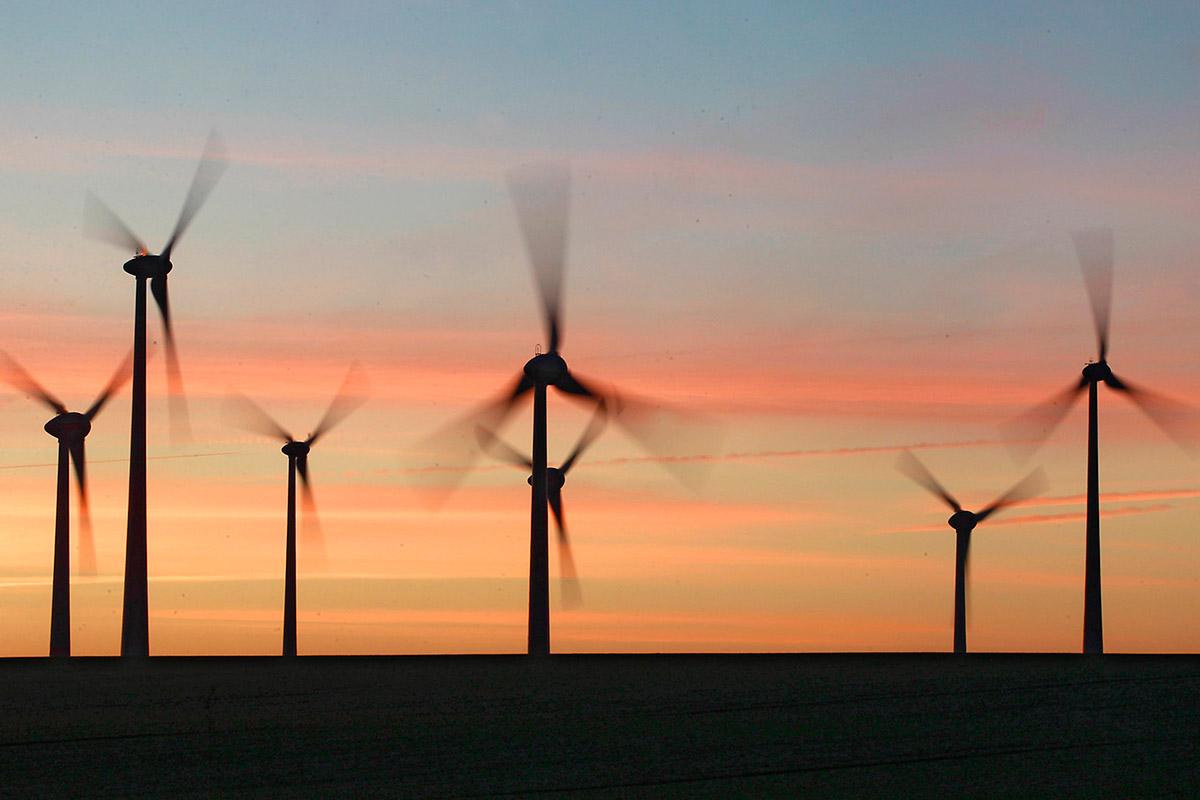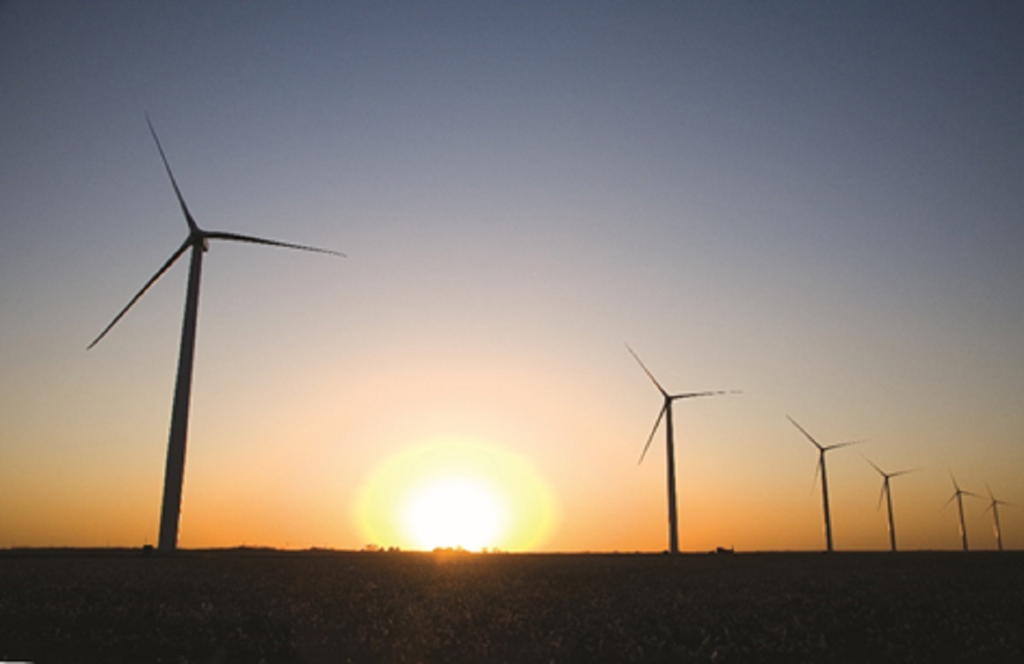Renewable Energy in Iran and Relevant Legal Services
Iran is one of the supreme hydrocarbon holders in the Middle East as it has the fourth-largest oil reserves and the second-largest natural gas reserves in the world. However, Iran’s characteristics extend further than this. Iran has truly unique geographical characteristics as it is a country that covers over 1,648,195 square kilometers. The variety in its climate has put Iran in the limelight and made it an attractive country for renewable energy sources such as wind, solar, biomass, and geothermal energy. Iran is home to over 81 million people and this large population has a high consumption of electricity. This in turn leads to high levels of greenhouse emission which in turn leads to vast pollution. By reducing the use of fossil fuels to obtain energy that produces electricity new doors have been opened and led the way for greener sources, that being sources stemming from renewable sources. It has been calculated that Iran has up to 300 sunny days/year with the most sun being experienced in the central and southern territory, which on their own, produce up to an annual solar radiance of 1.800 kWh/m2. With its highly attractive climate, Iran also has a very vast potential to produce wind energy. The Renewable Energy Organization of Iran, known as SATBA (previously known as SUNA and is responsible for the planning, promotion, and policy-making for all matters regarding renewable energy), has stated that the capacity of wind power goes well above 30.000 MW.
Laws and regulations on renewable energy in Iran
There are special sets of laws and regulations specifically facilitated to deal with renewable energy. Investment laws have been facilitated in furtherance of support and encouragement of domestic and foreign investors and more importantly the creation of clean power plants. The Iranian Government has shown constant support when it comes to opening up the gateway and allowing for renewable energy to obtain a greater role in Iran. In 2015 changes came about in the laws of renewable energy and this was done to establish an increase in incentives for foreign investment in renewable energy. The new laws provide more assurance and guarantees with regards to the power purchase period that has now been extended to twenty years as opposed to the five-year period that previously existed. The new fit-in tariff (FIT) that has come into existence has been said to produce great deals of profit as well. The purchase price will also be raised by 30% for investors using local technology and equipment. Currently, Iran has entered into its sixth development plan and has set out the goal to reach 5000 MW and to construct power plants that can hold up to 26.000 MW. The current power generation capacity of Iran is 76.000 MW out of which 12.0000 come from renewable energies. Implementing the new scheme will bring about vast broad changes in electricity usage in Iran and it will also be a step in the right direction of a greener Iran.
The Foreign Investment Protection and Promotion Act 2002 (FIPPA) sets out the rights, protections, legal obligations, and requirements that exist for foreign investors wishing to engage in ventures in Iran. Under FIPPA foreign investors are seen to be equal to domestic investors as the same rights, protections, and facilities are made available to foreign investors. Rights include, but are not limited to, being able to hold 100% of shares in Iranian companies and other legal entities. Protection for foreign investors applies to expropriation and nationalization however only as far as public interest is not harmed. MoreoverMoreover, issues such as free transfer of foreign capital, residence, and work permits also fall within the scope of FIPPA. FIPPA is also responsible for issuing investment licenses however upon the request of the foreign investor. The investor has to submit a request to the Organization for Investment, Economic and Technical Assistance of Iran (OIETAI) and upon meeting certain criteria, such as a foreign investment leading to economic growth, a license may be issued.
Permission to construct a power plant
Construction permits are first and foremost applied for, by the non-governmental sector as this is one of the main requirements. However, cooperative companies, actual persons and civil partnership groups may also, in addition to private companies, apply for a construction permit. The first requirement that must be satisfied before the commencement of constructing a power plant, is the submission of a plan that the investor must provide SATBA. Subsequently, this plan will be examined by SATBA to evaluate whether a permit can be issued to the investor in question. The first and perhaps the most important permit that needs to be obtained for the construction of a power plant is the land use permit. The applicant must specify the type of land they intend to use, whether it is privately owned land or if it is property of the government. The specification is vital since different types of land are subject to different laws. Upon completion of the initial steps, SATBA will verify all the details of the project, and given that there is no overlap or conflict between the new and existing projects a construction permit will be issued to the applicant. Two additional permits have to be obtained as well those being:
1) Grid connection permit and
2) Environmental permit.
After all permits have been obtained, a power purchase agreement will be formed between SATBA and the foreign investor and the construction of the plant may be commenced. There are however some prohibitions that are attached to the construction permit and these must be observed. The prohibitions include but are not limited to: Prohibition of transferring the construction permit to any legal person or real persons prohibited to transfer more than 25% of the share of the company without the approval of the Ministry of Energy.
Renewable power plants installed so far
Foreign investors from countries such as Germany, Switzerland, Spain, China, and South Korea have all expressed their interest in investing in renewable energy. The latest activity witnessed is the Mokran solar power plants complex, which now stands as Iran’s biggest solar power plant holding 20 MW, which is placed in the eastern province of Kerman. As of the end of September 2017, there were 124 companies with renewable and clean power purchase agreements in Iran. Out of these 124 companies, 23 concern wind power, 86 concern solar power, 3 concern biomass, 7 concern small hydropower, and 5 cancer waste heat recovery. These numbers all indicate that Iran has established itself on the renewable energy market quite significantly and the numbers keep on growing. The number of power plants that are currently up and running in Iran adds up to 27 different ones. 8 wind power plants produce 92.06 MW on their own, 8 solar plants that produce 46.157 MW, Biomass power plants that produce 10.56 MW, 4 small hydropower plants that produce 10.85 MW, and finally 2 waste heat recovery plants that stand for 13.6 MW. Taken together, they stand for 173.227 MW, which is a promising number as it indicates the growth in renewable energy sources in Iran and also the willingness of the government to move towards the expansion of greener energy.
The attorney’s role
Accurate legal advice on investment and the construction of power plants in Iran are of paramount importance to avoid any complications for future ventures. Mohammad Rahmani is one of the leading attorneys at law in international commercial law and he possesses the ability to competently provide excellent advice and service to current and future investors in the field of renewable energy. As an attorney at law in this field, he can provide extensive services on these matters such as legal advice and guidance on how to enter the Iranian renewable platform by explaining and extending the relevant laws and regulations that apply to this area. An overview and explanation with regards to different types of land such as public land, privately owned land, and lands of endowment are provided as well as the risks associated with the use of any of them. Depending on the type of land, different contracts will be formed and the terms of the contract will also vary depending on whether the investor is Iranian or non-Iranian. Moreover, explanations are provided with regards to how to obtain the necessary permits for the commencement of constructing a power plant, such as the license of the investment organization and economic and technical assistance, the license to connect to the electricity grid, environmental permits and, most importantly, land permits for the construction of a power plant, a certificate of activity from the New Energy Organization, accompanying the conclusion of guaranteed electricity purchase contracts and the distribution of services and products. In addition to these matters, Rahmani is also capable of providing foreign investors with information regarding the formation of a company in Iran and joint ventures. The services here include finding a suitable local partner for the foreign investor and making sure that the necessary legal steps are fulfilled whether it is about the formation of a company or undertaking a joint venture.
All of the aforementioned issues are merely a small part of the investment concerns in this area that can be addressed through proper management and the utilization of an experienced attorney. Rahmani is a well-rounded attorney in the field of renewable energy and he can help clients in all aspects concerning this issue and he can, therefore, help the clients to minimize the risks that might be encountered when entering the platform of renewable energy.



